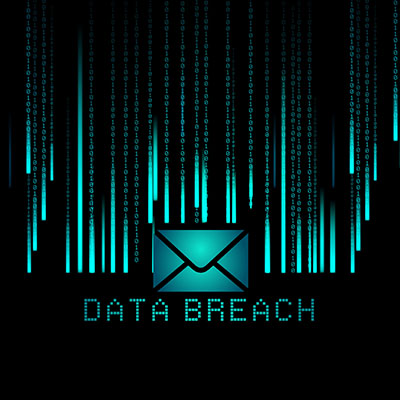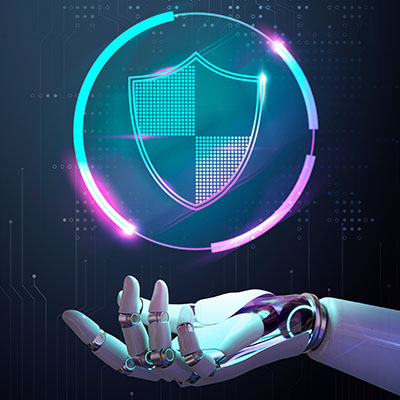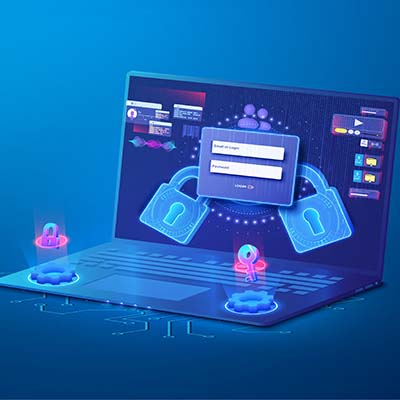Inflation continues to plague businesses in all sectors and industries, and it’s not letting up. This has led businesses to implement practices which allow them to get as much value out of their investments as possible, including technology. Let’s go over some of the ways you can achieve a responsible IT budget without breaking the bank in the process.
If your business is not all that productive, then it is not all that profitable, either. Some companies prefer to see results-driven productivity and revenue generation, but there are other ways to improve productivity as well, like refining processes. Let’s examine how you can make adjustments to your processes to focus on improving productivity through the use of technology.
When you have been in business a long time, you start to accumulate old and outdated technology. Maybe you still have desktops running outdated operating systems that are sitting around in storage, waiting for their time to shine when an unexpected hardware failure strikes, or perhaps you have old laptops that have outlived their usefulness. A new operating system from Google, ChromeOS Flex, might be the lifeline these devices need to be relevant again.
Since its origins back in 1991, the blockchain has had one core purpose: to securely store data. The methods behind it are exclusive to it as well. Let’s explore the concept of the blockchain a little further to gain a better appreciation of what it has enabled.
It’s incredibly important that your business understands where it’s allocating its time, money, and resources, especially with technology-related challenges. Today we want to discuss what is called the digital employee experience, or DEX, and how understanding your employees’ relationships with technology can shape the way they approach the workday.
Did you know that you could be the victim of a data breach without even knowing it? It’s possible, really. If a hacker has managed to infiltrate a website or service that you use without giving up the goat, so to speak, they could have your information and you might not even know about it. Thankfully, there are ways around this, and it all starts by asking that simple question: what if my information was stolen, and what is it being used for?
Using USB drives to spread threats is certainly not a novel concept, and you should always be wary of potential threats using USB drives to make their rounds. In particular, a new and emerging threat called the Raspberry Robin worm could shake things up in the world of cybersecurity. What is this threat, and how can you keep yourself and your business safe from its attacks?
Ransomware is never a good thing, but for some, it can be worse than it is for others. Take educational institutions, for instance—they’ve become a favorite target for cybercriminals to take advantage of, unfortunately successfully. Many resort to paying up, something that we’d never recommend.
As the technology we use in business and in life has advanced, the threats that target it have done the same and then some. Let’s take a few minutes to discuss these threats and what you need to do to protect yourself.
Burnout is a very real thing, and it can lead to your employees becoming disengaged in their work in more ways than one. Their performance can suffer, but so too can their adherence to your workplace policies—policies like cybersecurity. Let’s take a look at the idea of cybersecurity burnout at all levels, whether it’s for your average employee or your IT workers.










